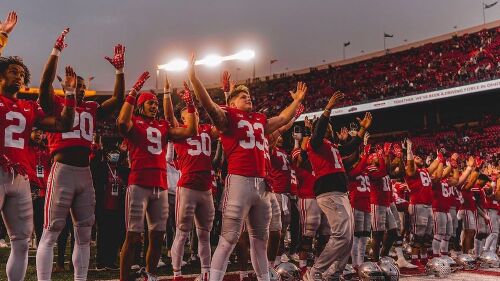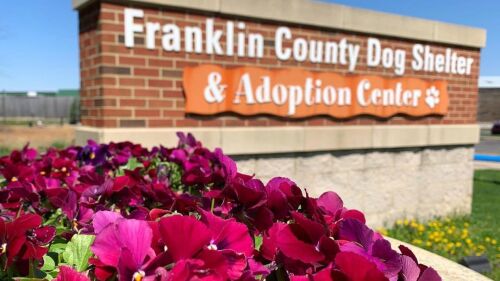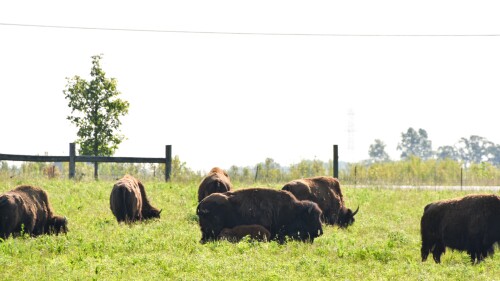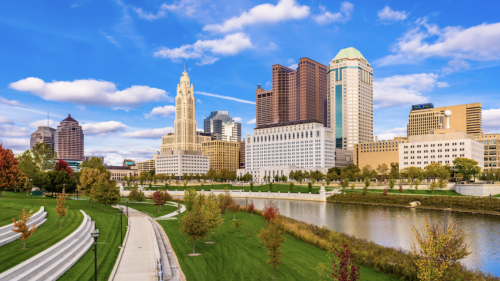We know the question on your mind, Columbusites — when is it going to get cold?
While exact weather conditions typically can’t be predicted more than a week in advance, our 2024 winter season preview below comes courtesy of the National Oceanic and Atmospheric Administration’s Climate Prediction Center.
Reminder: The first day of winter is on Thursday, Dec. 21.
🌡 Temperature
Our city is predicted to experience slightly above typical winter temperatures for the area.
☁️ Precipitation
Don’t anticipate too much snow and rain. Columbus has a 33-40% chance of seeing below average snow and rainfall amounts this winter.

Oh deer, how much snow is coming? | Photo by @nburke36
🌧 Diving into December
December is our first introduction to the winter season, but as we get to the midway point of the month, temperatures have been above average. Things will continue trending in this direction, with no snow on the radar through Monday, Dec. 25.
If we know anything about CBUS weather though, it’s always changing. Keep dreaming of a white Christmas.
🧊 Jumping into January
Get ready to bundle up — the historic data shows January is the coldest month, with average low temperatures at 21.6°. This is also the month with the least amount of sunlight, averaging just 3.5 hours of sunshine per day, so we recommend a local cup of coffee to stay warm + awake.
❄️ Falling for February
February is the month for falling in love — and for snowfall. According to weather data, February is when we see the most snow with an average of 10.4 snowy days per month. With experts predicting an uptick in snowfall, we recommend grabbing a snow shovel before they sell out.










